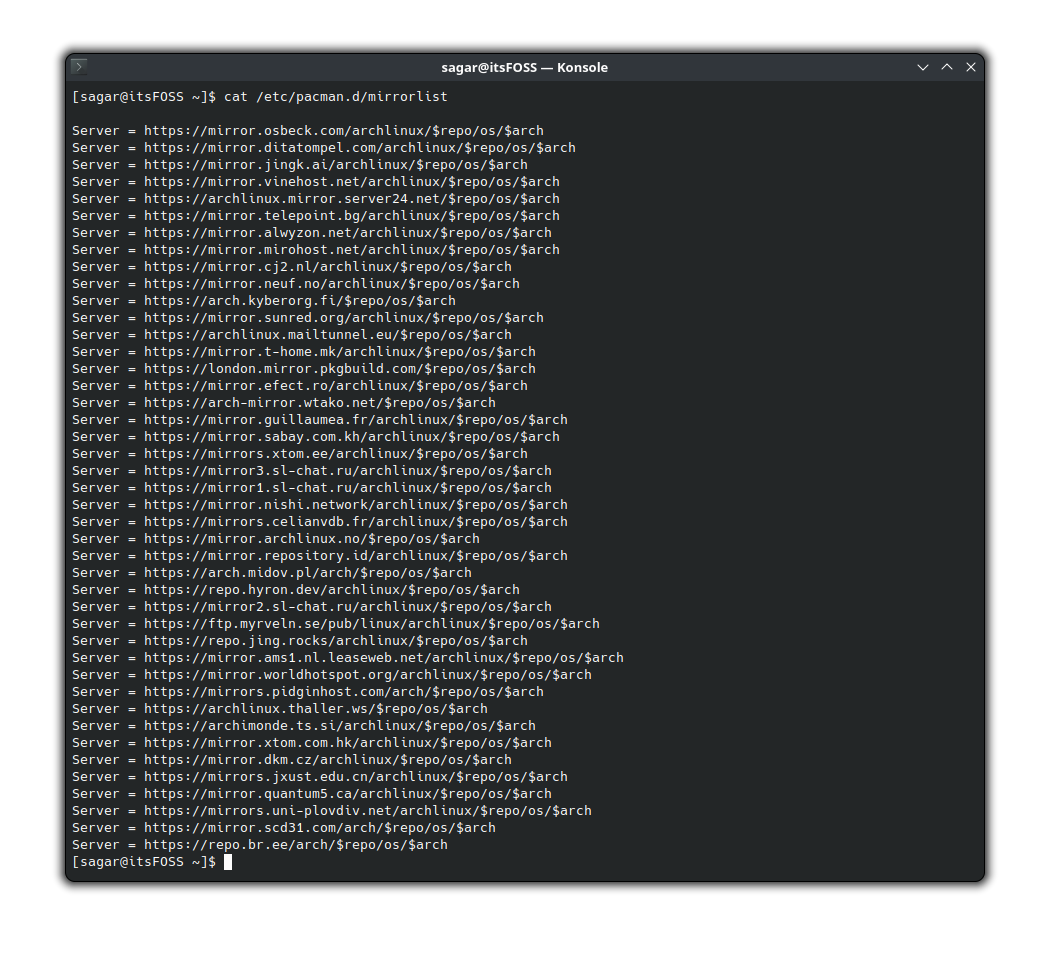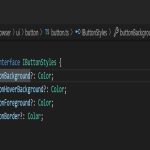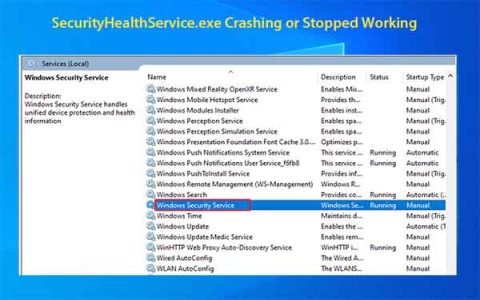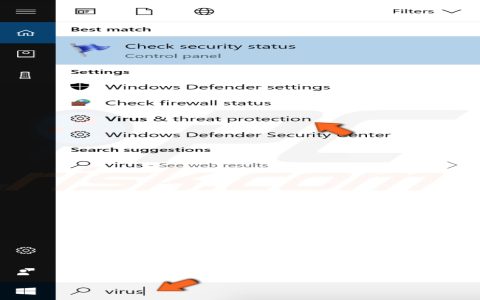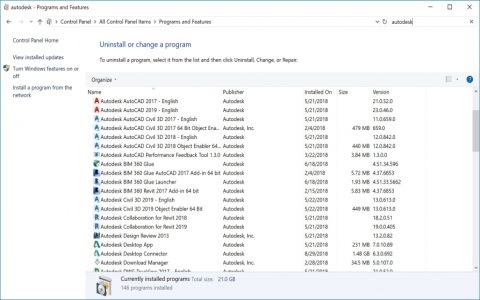Optimizing Your Arch Linux Mirror Selection
Selecting efficient and reliable mirrors is critical for fast package downloads and system updates. Prioritize mirrors based on latency, recency, and sync status.
Core Principles for Mirror Reliability
- Low Latency: Prefer geographically closer mirrors for reduced download times.
Up-to-Date Content: Ensure mirrors synchronize frequently with the main repositories.
HTTPS Support: Mandatory for secure package validation and download integrity.
Active Status: Avoid mirrors listed as outdated or unresponsive in official reports.
Recommended Mirror Discovery Tools
Reflector (Official Tool): Automates ranking mirrors.
- Basic Usage:
reflector --latest 5 --protocol https --sort rate --save /etc/pacman.d/mirrorlist - Key Flags:
- --latest: Only consider mirrors synced in last N hours.
--protocol https: Filter HTTPS mirrors only.
--sort: Order by rate (speed) or delay (latency).
--country: Restrict to comma-separated country codes.
Manual Verification Strategies
- Test Latency: Use
curl -o /dev/null -s -w '%{time_total}' [mirror_url]/core/os/x86_64/*
Check Last Sync: Inspect the mirror's lastsync file (e.g., `[mirror_url]/lastsync`).
Review Tier Status: Consult the community-maintained mirror status page for reliability reports.
Key Configuration Steps
- Run Reflector periodically via a systemd timer/service.
Rank Mirrors: Place confirmed reliable, fast mirrors at the top of /etc/pacman.d/mirrorlist.
Validate Protocol: Ensure all entries use https://.
Comment Out Backups: Deactivate unused mirrors by prefixing with .
Regularly update your mirrorlist and test performance to maintain optimal update speeds and system reliability.
